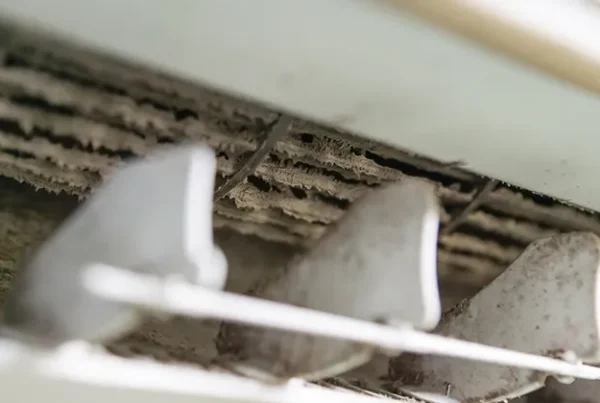Caring for our household appliances happens less than it should. Many of us use household appliances daily to help maintain the cleanliness of our homes but we often take them for granted. It isn’t often we stop to maintain or clean these appliances unless something is wrong and musty odors or discoloration are indications that something isn’t right.
Household appliances like dishwashers, washing machines and refrigerators are prime targets for mold accumulation. Mold thrives in damp environments leaving our bathrooms, kitchens and laundry rooms vulnerable to mold growth. Being mold free isn’t really possible, but a realistic approach to mold is control mold growth with regularly scheduled cleaning. Here are a few cleaning tips for your everyday appliances.
Dishwashers
Dishwashers fill up with warm water whenever we run a cycle. Damp food is commonly left behind from previous cycles and can get stuck in the filters, utensil baskets, interior panels, or other nooks and crannies. Keep an eye out for puddles or flooring damage in front of the dishwasher. Common leaks occur where the water enters the dishwasher at the base of the machine. Because the water leaks can be small or only occur during the discharge cycle, they can go unnoticed for quite some time if your not looking for them.
Tip: Clear your dishwasher of excess food particles left behind after every wash cycle and allow it to air out from time to time by leaving the front door open. Run an empty cycle monthly with a special dishwasher cleaner, vinegar or lemon juice to give the appliance a thorough flush out and remove hard water and soap deposits. If your dishwasher has a “self-cleaning” or sanitizing option this can help to keep the inside clean, but Don’t forget to clean the seals of the door on occasion with a household cleaner.
Washing Machines
Clothes washing machines may not run daily, but are frequently used to wash our clothing and other items. Water and humidity from laundry room appliances can create a breeding ground for mold if the area is not well ventilated. Regularly check to make sure that the fittings are not leaking on the back of the machine and that the drain line is securely fastened to the discharge point. Two common types of washing machines are the front load and top load models.
Front load
Front load washing machines are designed to use less water and provide a superior wash to clothing and other textiles. The door is in the front of the machine rather than on top like the traditional washing machine and because the door sits vertical to the machine, it is prone for it to trap moisture within the door’s seals at the bottom of the opening. The detergent drawers can also hold water and moisture providing another location for mold to grow.
Tip: As soon as the cycle is complete remove your load and leave the door & detergent drawer open allowing them to air out any excess water left behind. Run a “clean washer” cycle at least once a month if not twice. If you don’t have that option run a hot water cycle with bleach or a specialty cleaning product. Make sure the loader is empty and clean the seals separately with a household cleaner on occasion.
Top Load
A top load washing machine is the standard washing machine we are used to seeing. While they may not appeal to the modern eye, they do seem less prone to mold or odors than their younger cousins. The horizontal door doesn’t require the job of holding water in, so no door seals are necessary and the appliance naturally evaporates excess moisture into the air.
TIP: Leave the door open after cycles and allow the inside of the drum to air out. Run “clean washer cycle” monthly or a Hot water cycle with bleach. Clean the top of the drum, the fabric softener cup and the bleach cup on a regular basis with household cleaners. Do regular inspections around the machine to ensure no mold is growing elsewhere.
Refrigerators
Refrigerators are meant to stay closed and preserve food from going bad (or get moldy). They generate a lot of heat trying to keep our foods and beverages cold. A condensate pan under the appliance can retain water and, while interacting with the heat produced, can lead to mold problems under and behind the appliance. Move the refrigerator at least once a year and clean under and behind it. Like the dishwasher, small leaks under or behind the appliance can go on for a long time unnoticed if you’re not paying attention. Be mindful of any discoloration, warping or change in the floor in front of the refrigerator.
Tip: Once a month before a big grocery shopping trip unplug the refrigerator and clean it out from top to bottom. Go through every food jar and container making sure nothing has gone moldy. If any food is expired or is unlikely to be eaten, throw it out. Take out all the food and clean the drawers and shelves. If any pieces are removable, soak them in the sink as needed to get them clean.
While it is impractical for you to aim for mold-free home, periodic cleaning is a great way to limit mold in your home as much as possible. If you need advice or have a question, contact a mold removal specialist at Indiana Mold Remediation. Visit us online or call us today!




